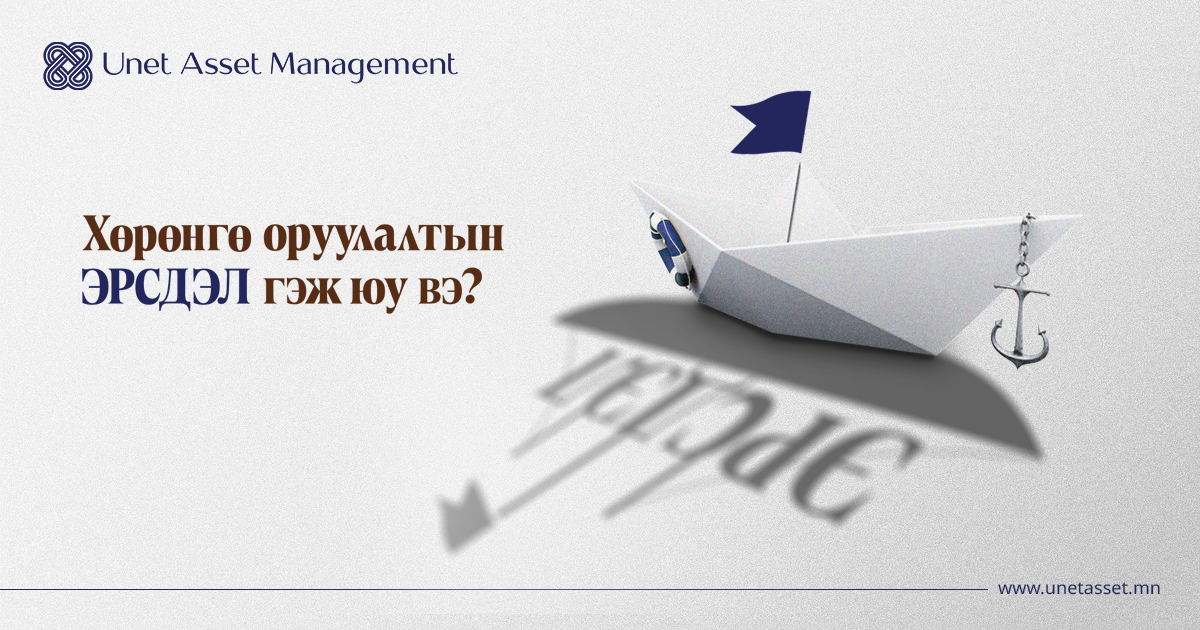
We face risks of varying degrees in our daily lives. Since risk brings different consequences depending on the situation, it is most effective to apply appropriate measures tailored to each type of risk. One of these many types of risks is investment risk. For current and prospective investors, one essential thing to understand is investment risk and how to manage it. Learning to properly manage investment risk lays the foundation for becoming a successful investor.
Investment risk is the probability of incurring losses on investments due to uncertain future conditions influenced by internal and external factors. Every investor’s ultimate goal is to earn a profit. Some people want to achieve high returns by taking higher risks, while others prefer steady returns with lower risk. Therefore, before making investment decisions, it is necessary to define your investment goals and your risk tolerance, and select investments accordingly.
Risk tolerance varies depending on each individual’s situation. Factors such as age, financial capacity, occupation, current income level, and future earning potential all determine one’s ability to bear investment risk.
For example, a young single person just starting their career with good growth prospects may have a high risk tolerance since even if they incur losses, they have no financial responsibilities towards family members and have time to recover and grow their wealth. Similarly, a person with multiple sources of income can afford to take risks with some investments, as they can sustain their lifestyle with other income streams even if one investment loses value. Hence, their risk tolerance is also high.
On the other hand, people who have only one source of income and rely on saved assets for living should not place all their wealth in high-risk investments. For such people, investing in lower-risk, steady-return financial instruments is the prudent choice.
Generally, the younger the person, the larger the assets, the more diversified the income sources, and the lower the financial needs (e.g., children’s school or kindergarten fees), the higher the risk tolerance. Conversely, older people with smaller savings, higher financial needs, and lower or unstable income have a lower risk tolerance and should invest cautiously.
However, you can reduce investment risk by diversifying your portfolio across various assets such as stocks, bonds, savings, and real estate. When investing, always remember the golden rule of investing: Don’t put all your eggs in one basket.